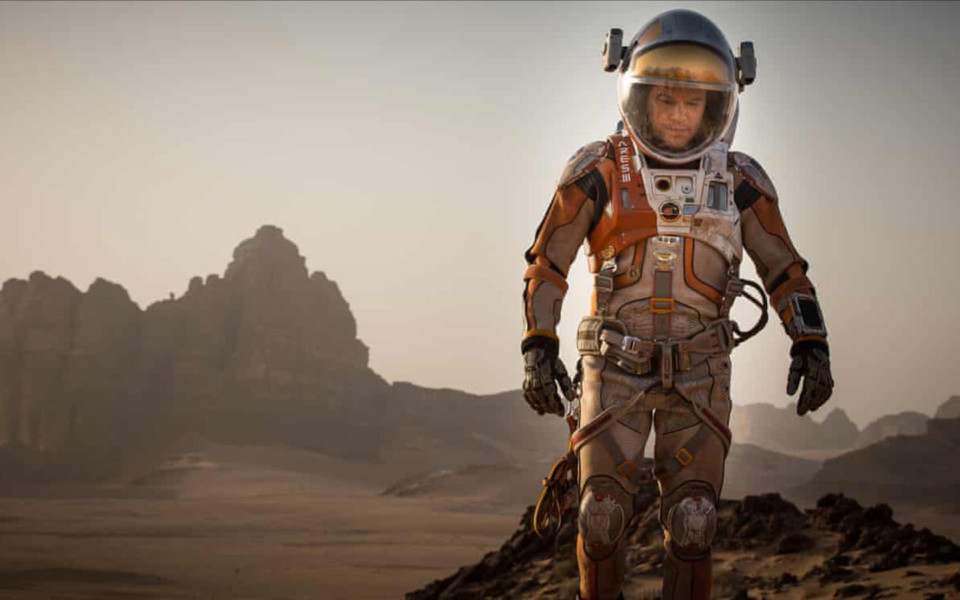‘When I think of Matt Damon, I think of gene editing’: scientists on their favourite sci-fi
Jennifer Doudna, CRISPR inventor
The Martian
(Ridley Scott, 2015)
The Martian begins with an astronaut – played by Matt Damon – getting stranded on Mars after a dust storm forces his fellow astronauts to leave. It deals with two main challenges: first, how Damon’s character will survive alone in this very difficult environment – how he’s going to provide food and power for himself – and second, how the space scientists back on Earth are going to get him home.
My own work focuses on genome editing: I’ve been working on technology, known as Crispr, for altering the DNA sequences in cells in a precise fashion. Since 2012, when we first published our work on Crispr, it’s been adopted worldwide for altering the DNA sequences in human cells but also various types of animals and plants.
When I look at The Martian – and this actually sparked a lot of conversation in my own lab after the film came out – I think about how genome editing might be useful in human space travel to Mars. For example, the character played by Matt Damon grows potatoes to survive. If gene editing were available, you could potentially make some changes to the potatoes so they would require less water, or in different ways be more suited to that environment.
We have a lot of issues here on our home planet, and rather than spending our treasures on sending a couple of people to Mars, I’d like to see us addressing challenges that we have on Earth. That being said, ours is a species that likes to explore; we’re adventurers, and if we were to make a trip to a planet like Mars, I think a lot of interesting technologies and ideas would come from that, which might actually benefit our own planet.


